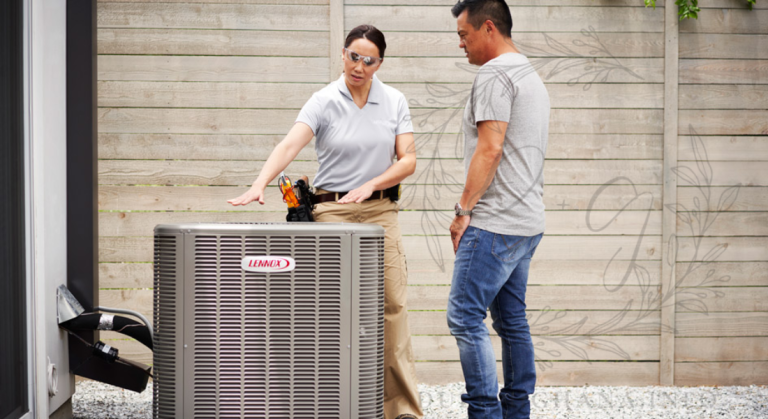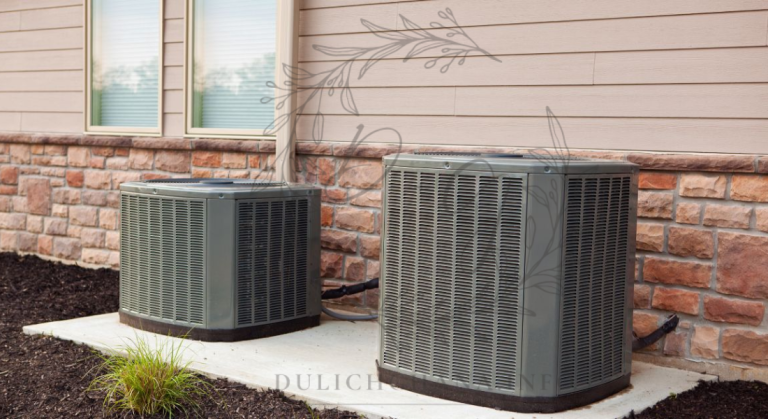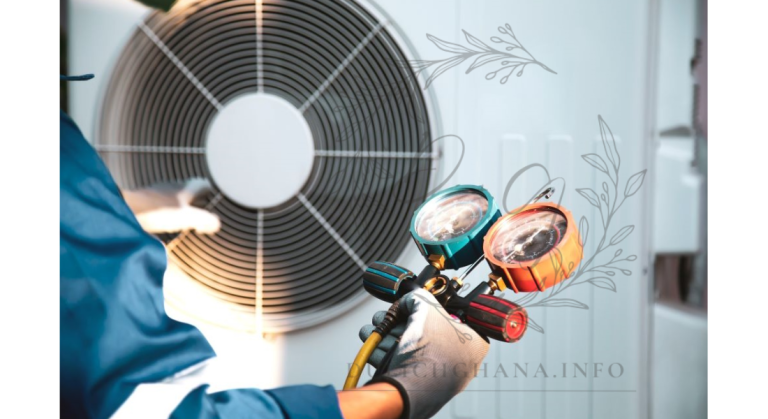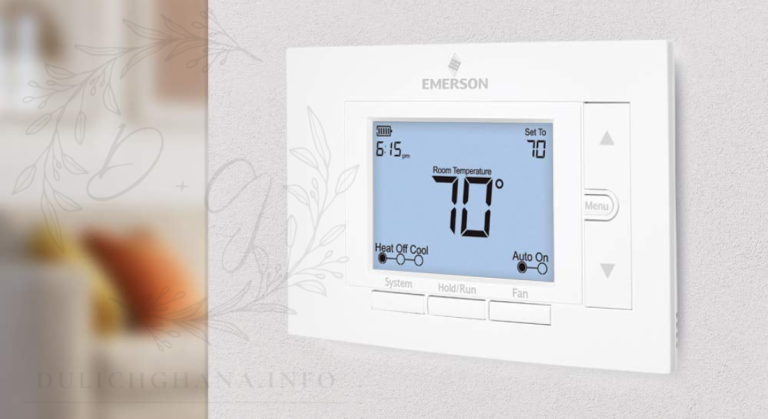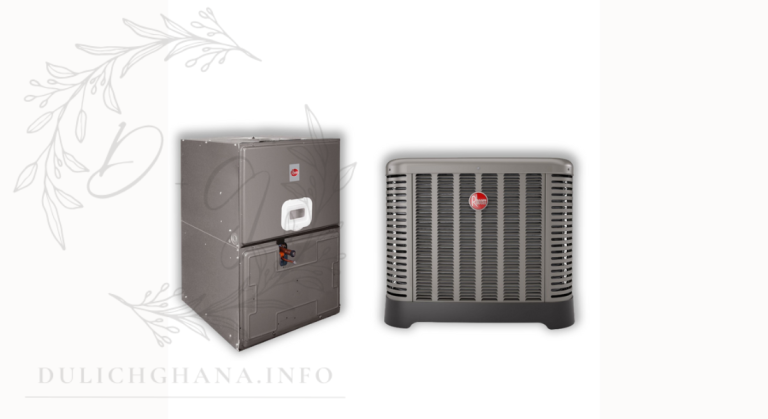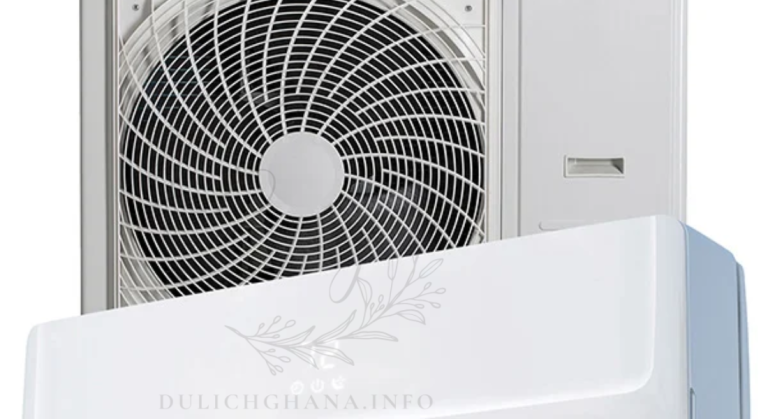
When it comes to keeping your home comfortable, a well-maintained air conditioning system is essential. Among the leading names in the HVAC industry, Trane air conditioners are known for their reliability, efficiency, and long-lasting performance. However, even the best systems require regular maintenance and care to continue functioning at their best. Proper maintenance can not only extend the life of your Trane air conditioner but also help you avoid costly repairs, improve energy efficiency, and ensure that your home stays cool during the hottest months of the year.
In this comprehensive guide, we will walk you through the most important maintenance and care tips for Trane air conditioners. Whether you’re a seasoned homeowner or new to air conditioning systems, these tips will help you keep your Trane unit in top condition year-round.
1. Regularly Replace or Clean the Air Filter
One of the simplest yet most important maintenance tasks for your Trane air conditioner is to replace or clean the air filter. Air filters play a crucial role in trapping dust, dirt, and debris that can clog your system and reduce its efficiency. Over time, air filters can become dirty and clogged, leading to poor airflow, higher energy consumption, and potential damage to your air conditioner.
For optimal performance, it’s recommended to check and replace or clean your Trane air conditioner filter every 1-3 months, depending on usage and environmental factors. If you have pets or live in an area with high dust levels, you may need to replace the filter more frequently.
By regularly replacing or cleaning the filter, you’ll improve the air quality in your home and help your air conditioner run more efficiently. This simple step can also prevent your system from working harder than necessary, saving you money on energy bills.
2. Clean the Coils
The evaporator and condenser coils in your Trane air conditioner can accumulate dirt and debris over time. When these coils become dirty, they lose their ability to absorb and expel heat effectively, which can lead to a decrease in cooling performance and increased energy consumption.
To maintain optimal performance, it’s essential to clean both the evaporator and condenser coils at least once a year. You can either clean the coils yourself using a soft brush or vacuum cleaner, or you can hire a professional technician to perform the task. Make sure to turn off the power to the unit before attempting any cleaning to avoid injury or damage.
3. Check the Refrigerant Levels
Your Trane air conditioner relies on refrigerant to cool the air and maintain the desired temperature in your home. Over time, refrigerant levels can drop due to leaks or other issues. If your refrigerant levels are low, your system will have to work harder to cool your home, leading to higher energy consumption and potential damage to the compressor.
To ensure that your system is running efficiently, it’s important to check the refrigerant levels periodically. If you notice any issues with cooling performance or suspect a refrigerant leak, contact a licensed HVAC technician to inspect and recharge the refrigerant. Never attempt to handle refrigerant on your own, as it requires special training and equipment.
4. Keep the Area Around the Unit Clean
One of the easiest ways to maintain your Trane air conditioner is by keeping the area around the unit clean and clear of debris. Overgrown plants, leaves, and dirt can obstruct the airflow and cause the system to overheat. Regularly inspect the outdoor unit to ensure that it’s free from obstructions and debris.
It’s also a good idea to trim any bushes, shrubs, or trees around the unit to allow for proper airflow. Ideally, there should be at least two feet of clearance around the outdoor unit to ensure that it can operate efficiently. In addition to improving airflow, keeping the area around your Trane air conditioner clean will also help prevent pests and rodents from nesting in the unit.
5. Inspect the Ductwork
Leaky or clogged ductwork can lead to poor airflow and reduce the efficiency of your Trane air conditioner. Over time, dust, dirt, and debris can build up in the ducts, leading to blockages that prevent cool air from circulating throughout your home. Additionally, leaks in the ductwork can cause conditioned air to escape, making it harder for your system to maintain the desired temperature.
Inspect your ductwork periodically to check for any signs of damage or blockages. If you notice any issues, it’s best to contact a professional technician to clean or repair the ducts. Properly maintained ductwork is essential for ensuring that your Trane air conditioner operates efficiently and effectively.
6. Monitor the Thermostat Settings
The thermostat plays a vital role in controlling the temperature in your home and ensuring that your Trane air conditioner runs efficiently. One of the most effective ways to improve the efficiency of your system is by setting the thermostat to an optimal temperature. According to the U.S. Department of Energy, setting your thermostat to 78°F (25-26°C) during the summer can help reduce energy consumption and keep your home comfortable.
Consider upgrading to a programmable thermostat for greater control over your system’s operation. A programmable thermostat allows you to set different temperatures for different times of the day, which can help reduce energy usage while ensuring that your home is always at the right temperature when you need it most.
7. Schedule Professional Maintenance
While many of the maintenance tasks mentioned above can be done by homeowners, there are some tasks that require the expertise of a professional HVAC technician. Scheduling regular professional maintenance for your Trane air conditioner is one of the best ways to ensure that your system is running at peak efficiency and to catch any potential issues before they become costly repairs.
A professional technician will conduct a thorough inspection of your air conditioner, checking components such as the coils, refrigerant levels, compressor, and electrical connections. They can also perform more advanced maintenance tasks, such as calibrating the thermostat or cleaning the condensate drain. Having a professional technician service your system at least once a year can help prevent breakdowns and prolong the life of your Trane air conditioner.
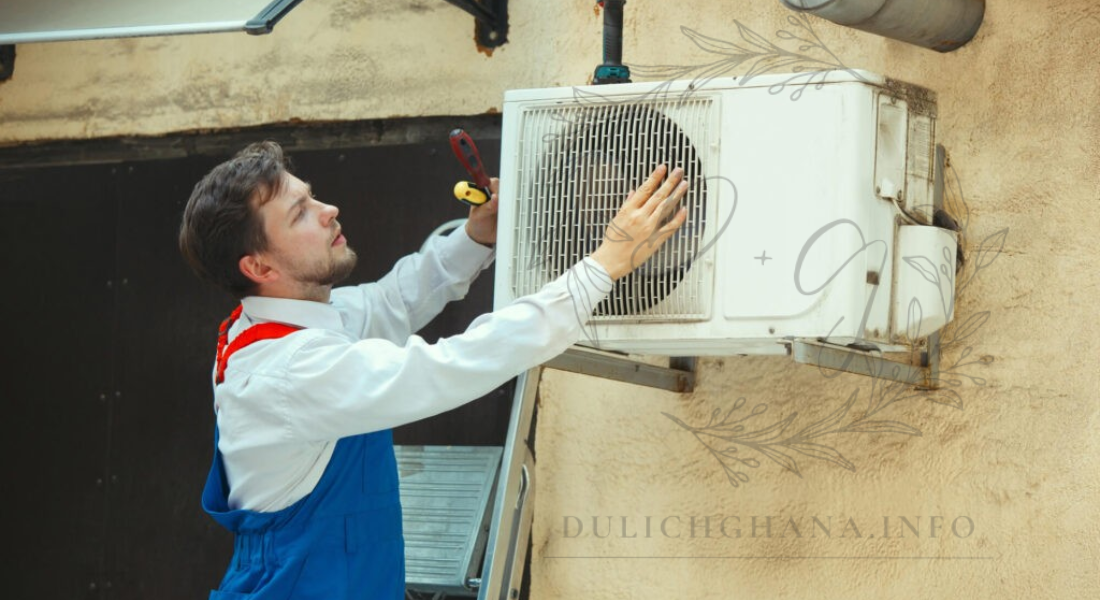
8. Clean the Condensate Drain
Your Trane air conditioner produces moisture as it cools the air. This moisture is funneled out of the system through a condensate drain. Over time, the condensate drain can become clogged with dirt, algae, or debris, which can cause water to back up into the system and potentially lead to water damage or mold growth.
To avoid these issues, it’s important to clean the condensate drain regularly. You can do this by using a wet-dry vacuum to remove any clogs or debris. In some cases, you may need to use a cleaning solution to break down any algae or mold that has built up inside the drain. Regularly cleaning the condensate drain will help prevent water damage and keep your Trane air conditioner running smoothly.
9. Check the Insulation
Proper insulation around your Trane air conditioner is essential for maintaining energy efficiency and preventing heat loss or gain. Over time, the insulation around your ducts and refrigerant lines can become damaged or worn out. If you notice any signs of damage, such as exposed refrigerant lines or gaps in the insulation, it’s important to replace or repair the insulation as soon as possible.
Inadequate insulation can cause your system to work harder to maintain the desired temperature, leading to increased energy consumption and wear on the unit. Proper insulation ensures that your Trane air conditioner operates efficiently and reduces the risk of breakdowns.
10. Know When to Replace Your Unit
Even with proper maintenance and care, all air conditioners have a limited lifespan. Trane air conditioners are known for their durability, but eventually, they may need to be replaced. If your system is over 10-15 years old, has frequent breakdowns, or requires costly repairs, it may be time to consider replacing it with a newer, more energy-efficient model.
When shopping for a replacement, consider upgrading to a high-efficiency model that uses advanced technology to reduce energy consumption and improve comfort. A new Trane air conditioner can help you save money on energy bills and provide reliable cooling for many years to come.
Conclusion
Taking proper care of your Trane air conditioner is essential for maintaining its efficiency, performance, and longevity. By following these maintenance tips and scheduling regular professional servicing, you can ensure that your system operates at its best and keeps your home cool throughout the year. Regular maintenance not only improves the comfort of your living space but also helps prevent costly repairs and extends the life of your air conditioner. Whether you’re performing basic maintenance tasks or calling in a professional, investing time and effort into caring for your Trane air conditioner will pay off in the long run.
